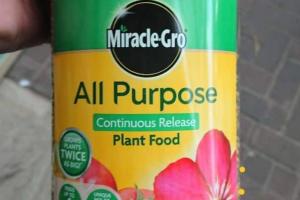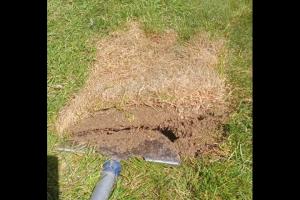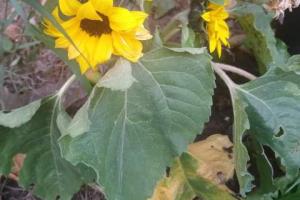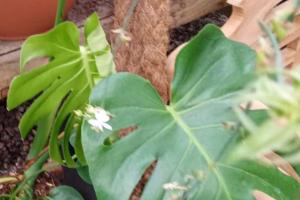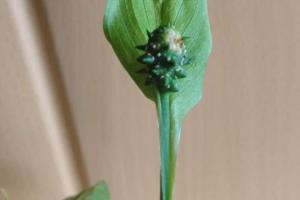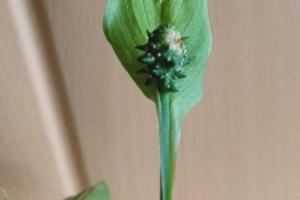What is a WWTP?
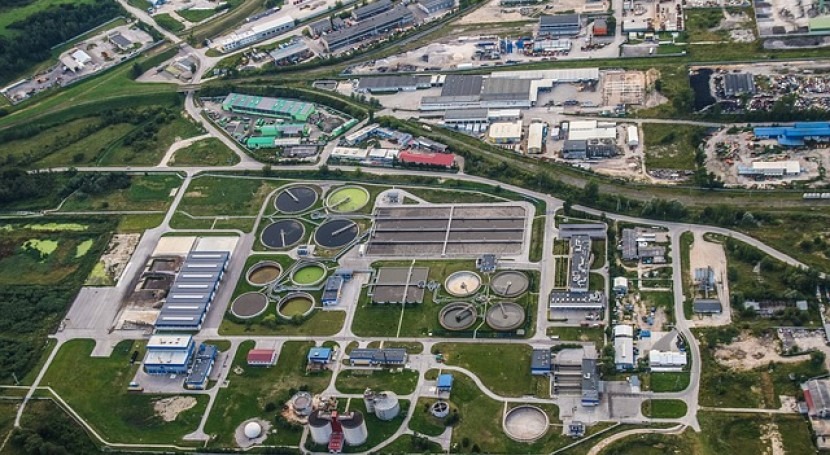
The main objectives of wastewater treatment are (i) reducing water pollution and (ii) making use of the waste resulting from treatment processes to ensure a more sustainable use of water resources.
1 . Wastewater treatment plant
A wastewater treatment plant (WWTP), receives and treats municipal and industrial wastewater. That is, a WWTP treats water to remove waste, grease and floating oils, sand and any coarse debris present in the water; the treatments remove organic and inorganic materials through settling processes, as well as biodegradable organic material dissolved in the water.
2 . How does a wastewater treatment plant work?
Wastewater treatment plants use four stages of treatment:
Preliminary treatment: it involves the separation of large solids (bottles, fabric, plastics) found in the water using bar racks and screens. Primary treatment: physico-chemical treatments to sediment and precipitate suspended solids and reduce the biochemical oxygen demand of the organic solids. In addition, the treatment neutralises the water, eliminates volatile contaminants, removes greases and oils, etc. Secondary treatment: biological treatments that reduce the amount of organic matter in wastewater. They include aerobic processes which degrade organic material in the presence of oxygen, as well as anaerobic processes which oxidise organic matter without oxygen, followed by secondary settling. Tertiary treatment: advanced physical, chemical and biological processes, which eliminate heavy metals, nitrogen, phosphorous, and pathogens. In some WWTPs water undergoes further treatment to allow its reuse for purposes such as irrigation of parks and green areas, street washing, or industrial uses.3 . What is sludge and how is it treated?
Finally, as a by-product of their treatment processes, wastewater treatment plants produce sewage sludge. Sewage sludge is a mud-like residue that may contain heavy metals and pathogens such as viruses and bacteria. It also contains valuable organic matter and nutrients such as nitrogen and phosphorus, and can therefore be very useful as a fertilizer or soil improver.
The sludge is concentrated through dehydration and some of its components are recovered (composting, gasification, biomethanation). Four processes are involved: thickening, digestion, dehydration, and tertiary treatment once again.
There are three main methods of sludge disposal:
Farmland: Sludge disposal on agricultural land is useful as a fertilizer and soil conditioner. Landfill: Not all sludge is suitable for farmland. For example, sludge containing toxic waste cannot be spread on fields. Instead it is dumped in natural or artificial depressions in the ground or in trenches, where it dries and decomposes slowly, and covered with a layer of soil. Incineration: Sludge may be dried and incinerated, leaving an inert ash. This is often the most expensive option.
Flow diagram of the stages of treatment in a sewage treatment plant (Source: The Open University)



